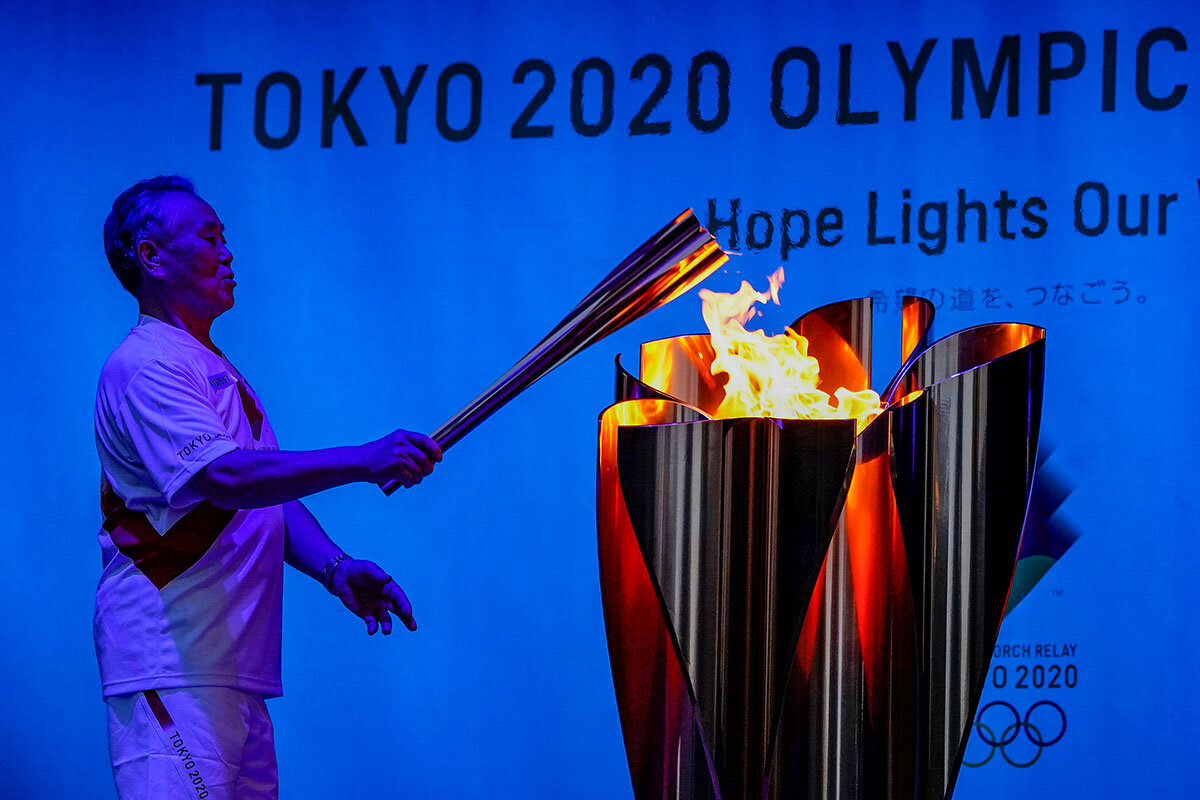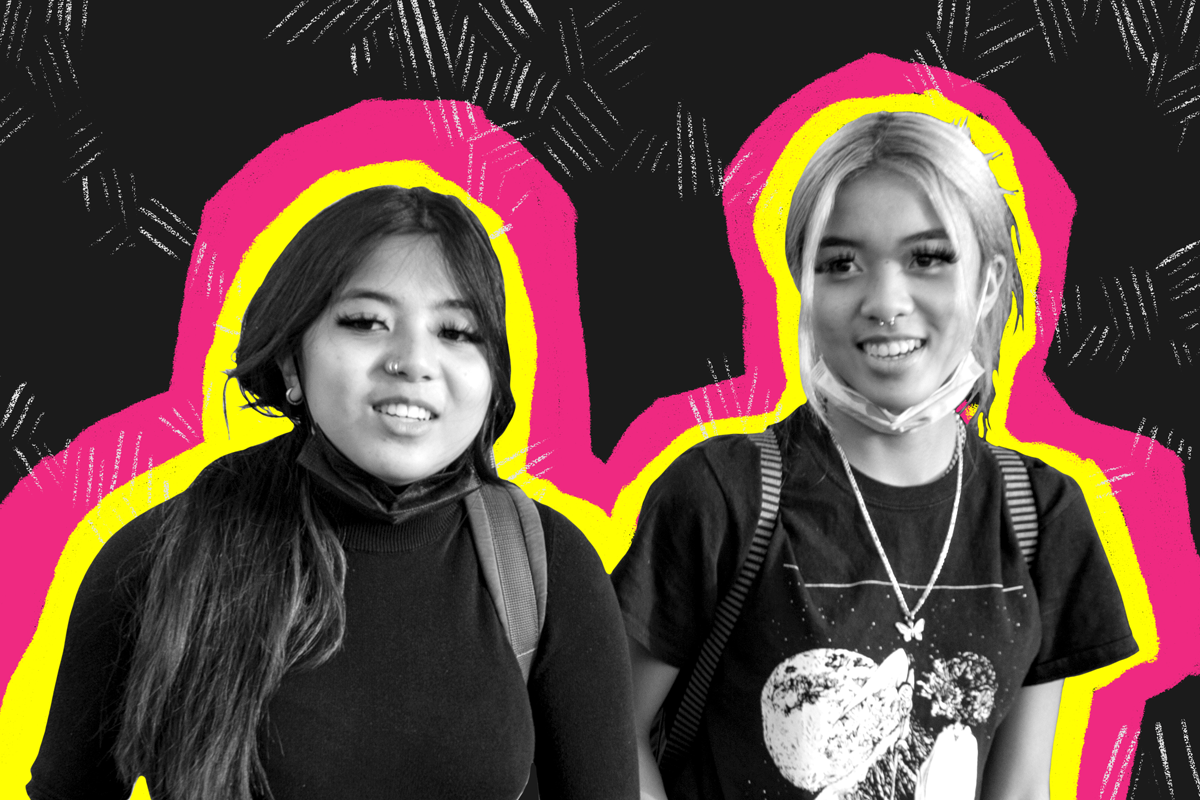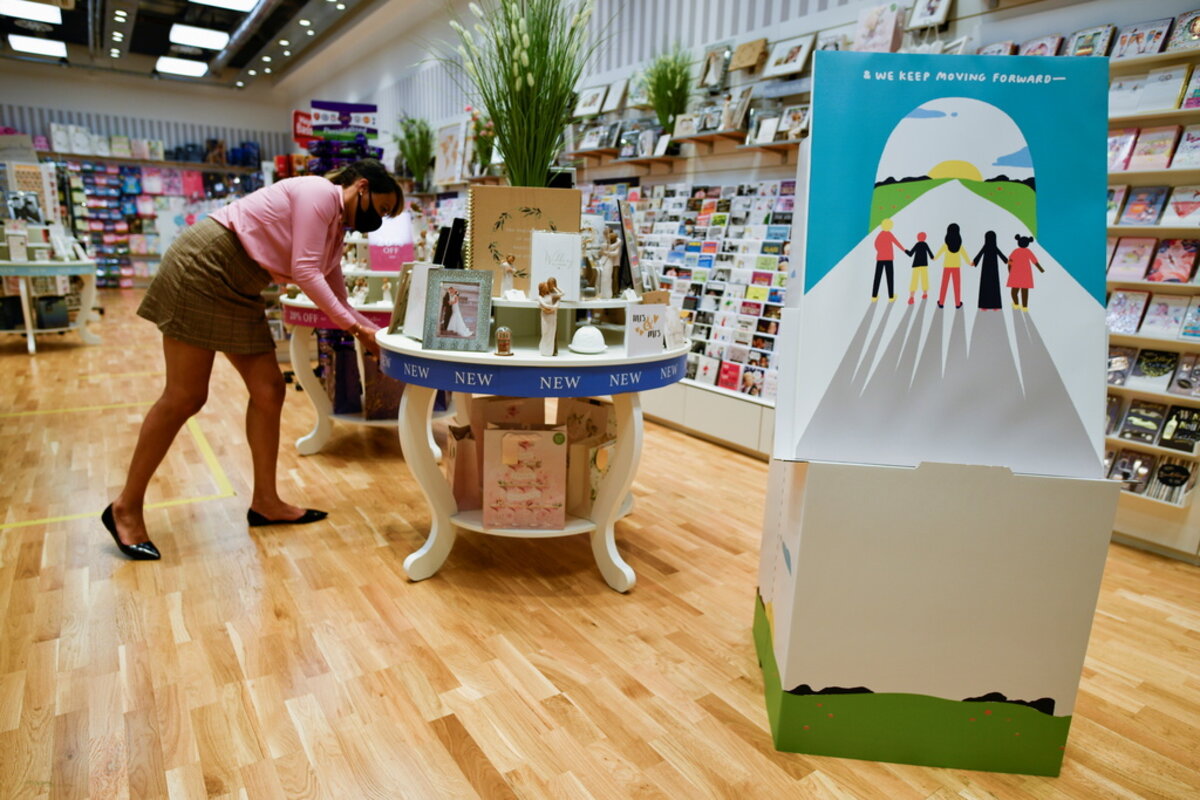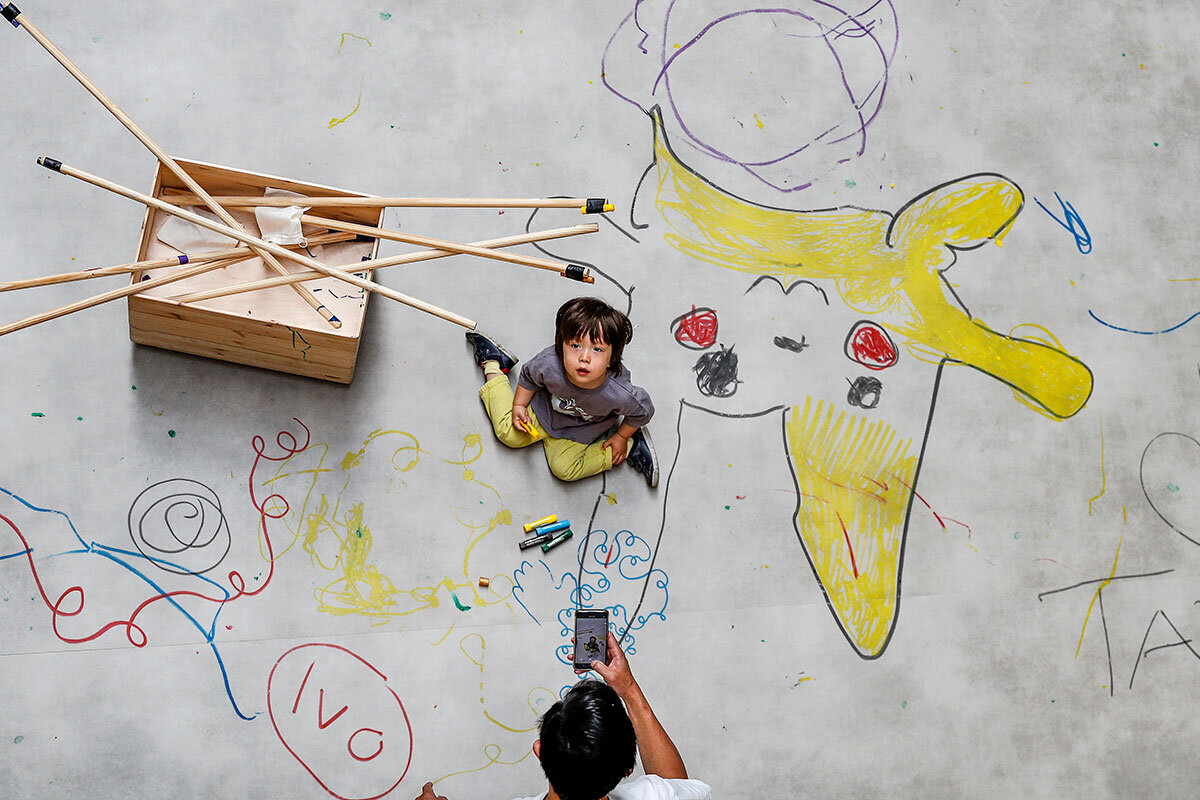What happens when your spouse’s imprisonment thrusts you into the political spotlight – with expectations you will carry on the fight? In an interview, this young mother shares how she found the strength to challenge a dictator and knock on the doors of the powerful in Washington.
Monitor Daily Podcast
- Follow us:
 Peter Grier
Peter Grier
As cooped-up Americans have burst into the great outdoors this summer, there’s been one predictable, irritating side effect: traffic.
Interstates are jammed. A year of pandemic-limited travel has produced pent-up demand for vacation road trips. Which is why you’d think lots of people would be yelling at Mike Saxton.
Last week he and his Midwestern trucking crew hauled a giant prefab building into a Maine vacation area where roads were already packed. And got stuck.
Twice.
The first time, the trailer hauling his heavy cargo bottomed out when trying to make a sharp left onto a bridge over the Penobscot River. The second time, Mr. Saxton had made it onto Mount Desert Island – home of Acadia National Park, one of the most-visited parks in the country – when he got stuck at another sharp turn.
The delays surely made some people mad. But that’s not the whole story.
The cargo was a special building to house medical equipment at the Bar Harbor hospital. As it crept along the coast, social media posts closely followed its progress and hailed the crew’s efforts to keep going, according to the Bangor Daily News. People offered food when they were stuck. In Bar Harbor Mr. Saxton got an ocean-view room, a lobster dinner, and lots of offers of breakfast.
And a GoFundMe page to bring Mr. Saxton back to Bar Harbor under less stressful conditions raised $2,600 in a few days. “Let’s get him here for a proper vacation!” said organizer Molly Damon.










